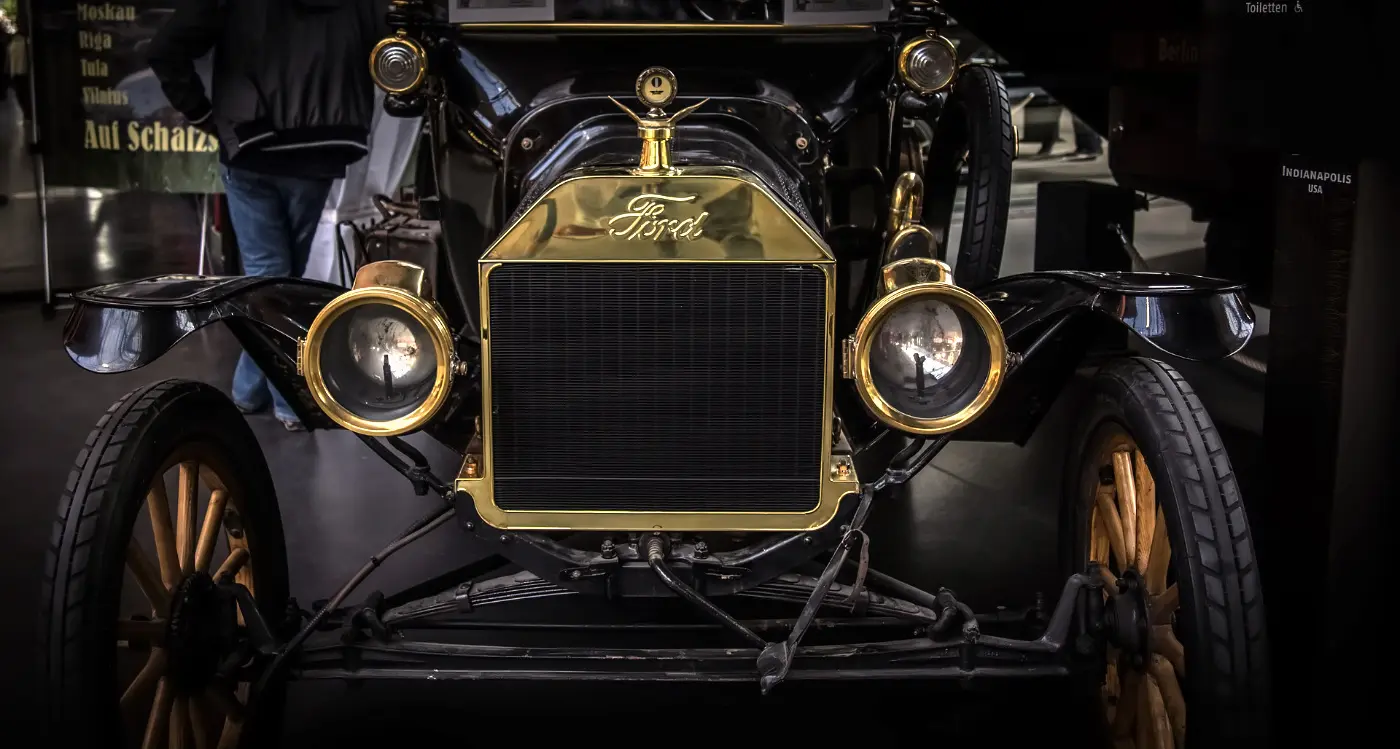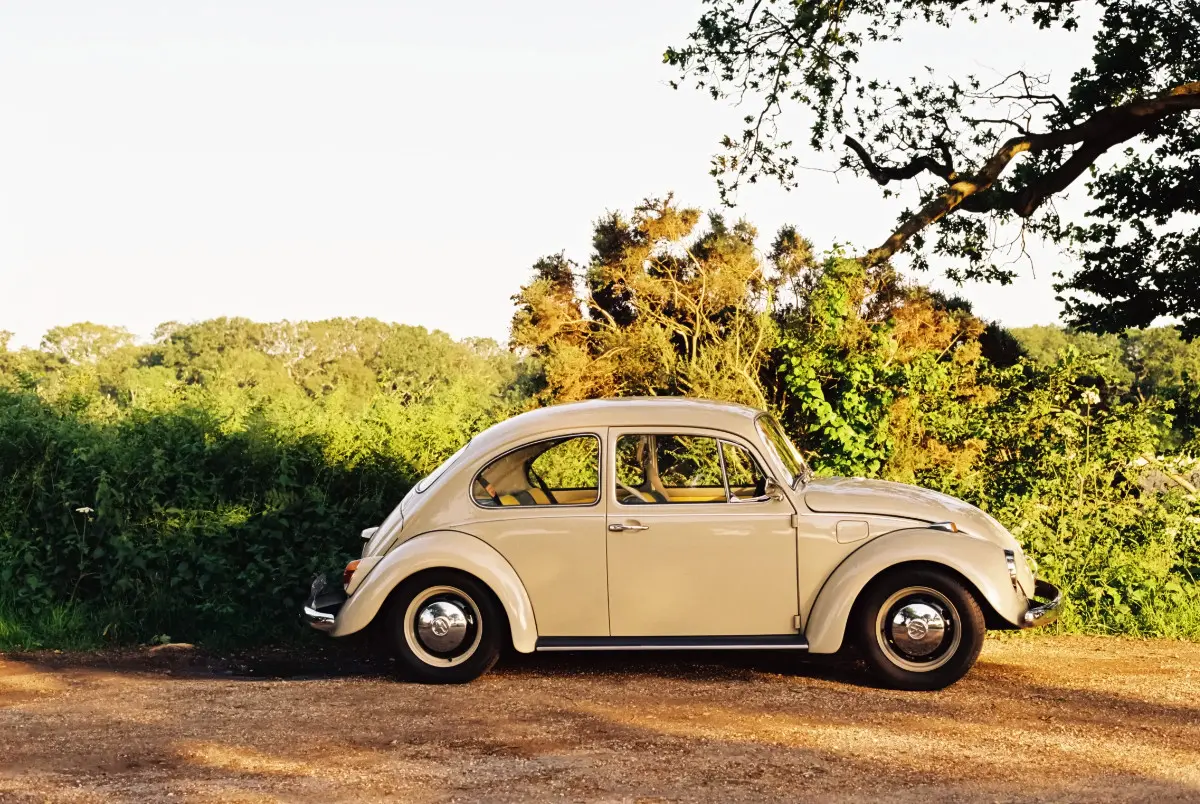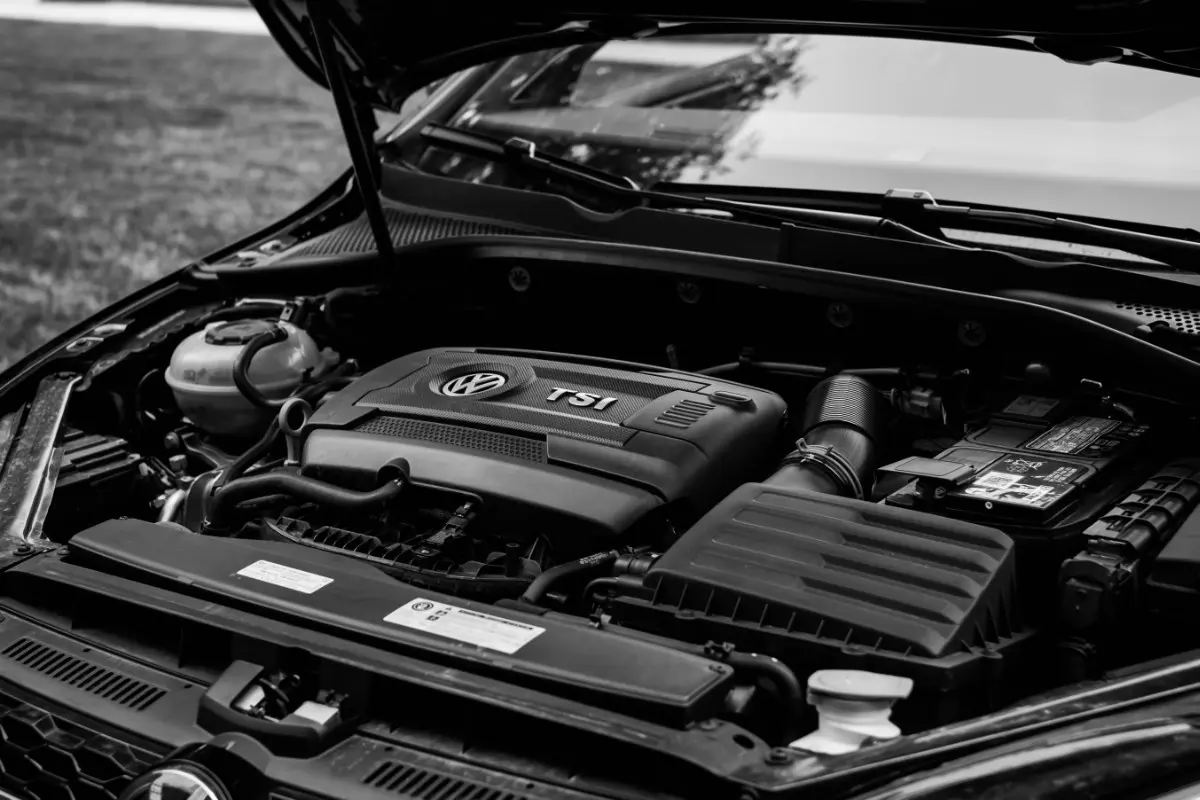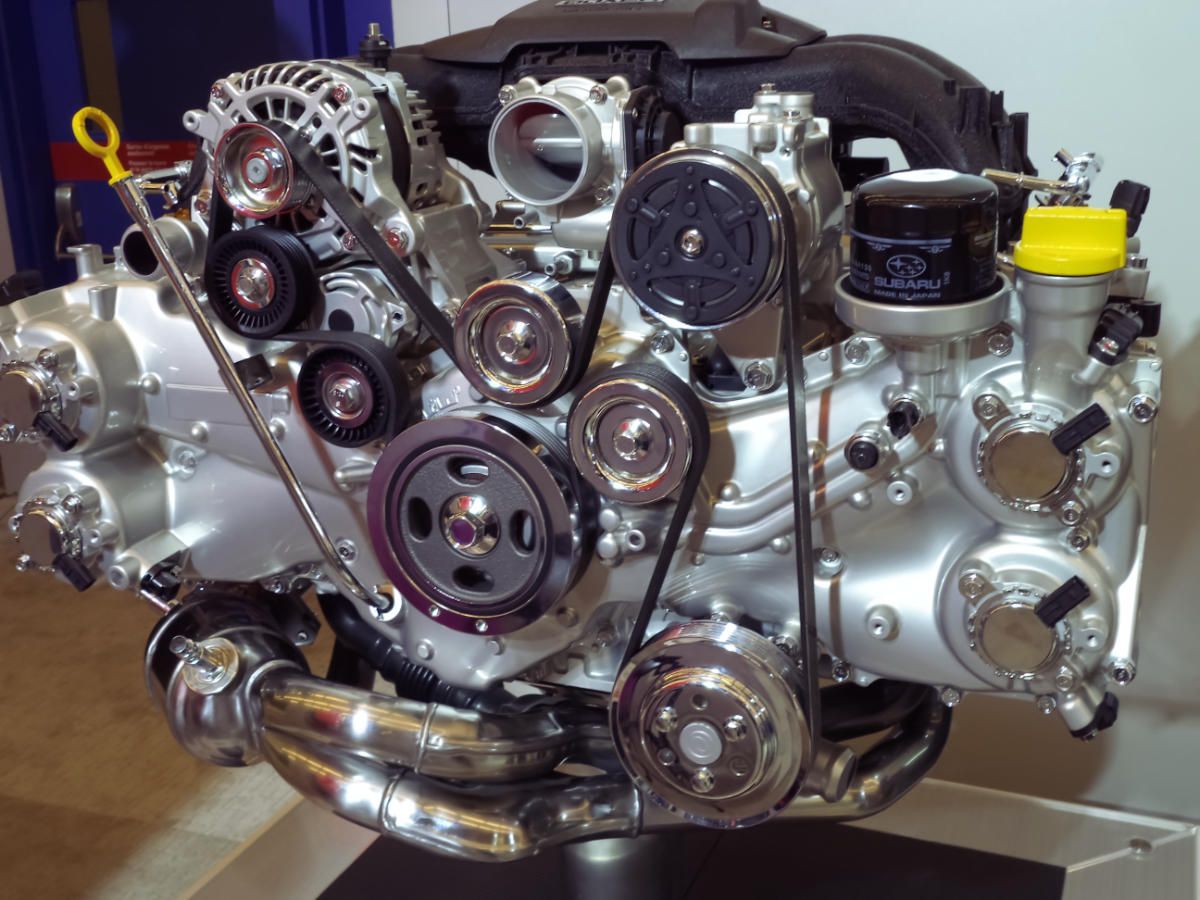Who Designed the Volkswagen Beetle?
Ever wonder who designed the legendary Volkswagen Beetle? One individual, in particular, is credited for that job, but he wasn't alone. Learn more here.
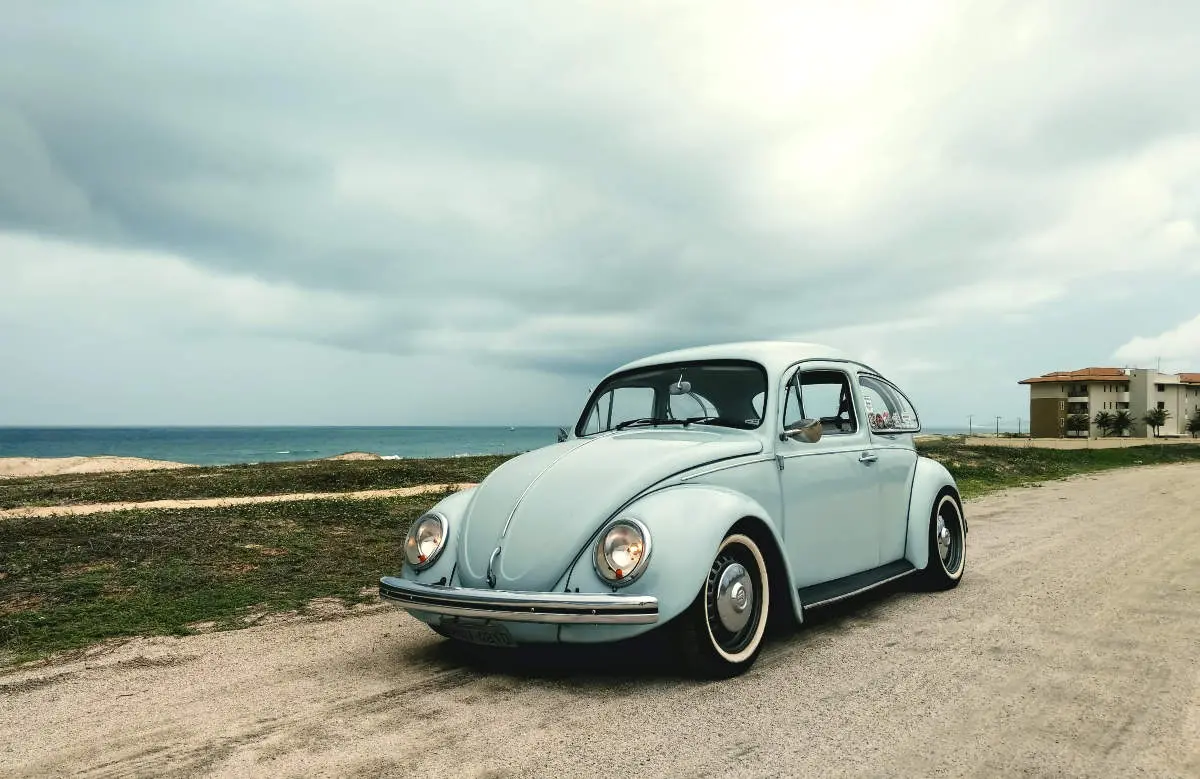
The Beetle was famously commissioned in the 1930s by German dictator Adolf Hitler who dubbed it the "people's car" ("volks" meaning people in German). The design was credited to Ferdinand Porsche, who made it lightweight, economical to build, well-constructed, and easy to maintain and repair.
Curvy with adorable bug eyes, the VW Beetle (formally known as the Volkswagen Type 1) design quickly garnered its place as a famous cultural icon. The design, however, stems from one of the darker periods in history.
Let's take a closer look at who designed Volkswagen Beetle and why.
Who designed Volkswagen Beetle?
While the officially recognized Volkswagen Beetle design was credited to Ferdinand Porsche in the early 1930s, several designers predate Ferdinand's initial concepts of the Volkswagon Beetle.
Béla Barényi
The first and most notable automobile designer that conceived the original design for the German people's car was Béla Barényi. Barényi was an ethnic Hungarian engineer from Austria-Hungary and later worked for Mercedes Benz.
In 1925, Barényi designed detailed blueprints of an affordable vehicle that resembles the Beetle designed by Ferdinand Porsche in the early 1930s.
Josef Ganz
Another designer who has also been credited with prototyping a vehicle that might have influenced Ferdinand Porsche's VW beetle was Jewish mechanical engineer Josef Ganz.
Ganz started making sketches of a car "for the masses" as early as 1923 and became an editor for the auto magazine Motor-Kritik, a platform for Ganz to heavily criticize larger automobile designs by the big automobile manufacturers of the time.
In 1929, Josef Ganz contacted Zündapp, Ardie, and DKW to build a prototype of his designs. The 'Ardie' was built in 1930, and in 1931 a second prototype was built and named the Maikäfer ("May-Beetle", common European cockchafer beetle).
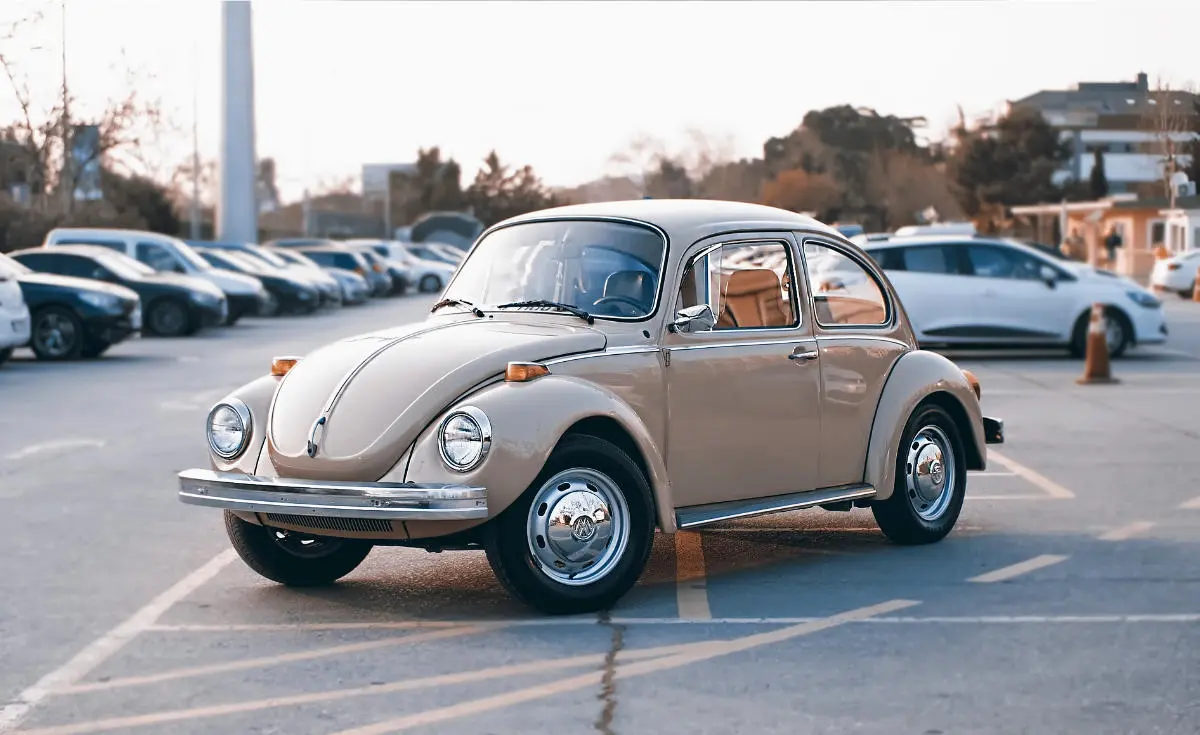
Who Decided That the Volkswagen Beetle Should Be Designed and Manufactured?
The path to designing and building the Beetle that most will recognize today weaves into the history books with the world's most notorious dictator at the helm.
In the early 1930s, the Beetle was designed by Ferdinand Porsche under the guise of appeasing Adolf Hitler, who wanted to create an affordable "people's car" while highlighting the new road system (Reichsautobahn) that the Nazi government was constructing.
The car was dubbed the Volkswagen Type 1 and marketed simply as the Volkswagen. The car was produced in minimal numbers mainly due to the second world war, and it wasn't until 1938 that lead engineer Ferdinand Porsche and his team of designers finalized the design.
During the early 1940s, the car's production increased significantly, and the vehicle became commonly known as Käfer (German for "beetle").
It was the 1960s that saw the Beetle's staggering popularity explode, especially during the 1960-65 period in North America, where the Humble Bug became a famous cultural icon.
In 1972 Volkswagen produced Beetle number 15,007,034, officially surpassing the total production of the previous record-holder, the Ford Model T. By 2002, Volkswagen had produced over 21 million Type 1 VW Beetles. By 2003, VW announced the end of production. The final Type 1 VW Beetle (vehicle number 21,529,464) rolled off the production line on the 30th of July 2003.
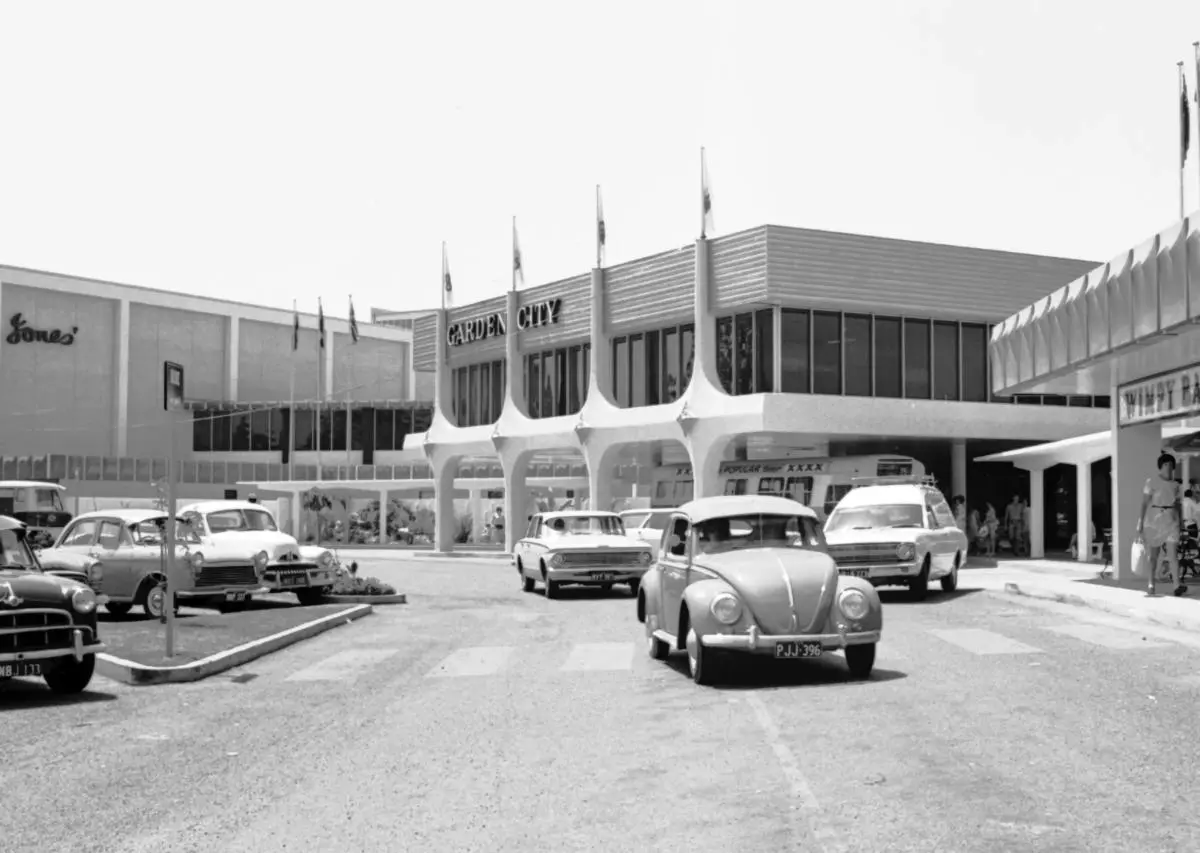
Evolution of the Beetle design
While the overall design appearance of the Volkswagen Beetle did not change a lot over its lifespan, VW's designers made over 78,000 incremental changes to the Type 1 Beetle design during its production from 1938 until 2003.
The Beetle featured a rear-located, air-cooled four-cylinder, boxer engine and two doors. The Beetle was designed for 4-5 passengers and had storage space in the front bonnet or behind the rear seat.
Inside, the Beetle's design was utilitarian. Its interior featured several painted metal surfaces and a painted metal dash with instruments in a circular binnacle. The front and rear seats were adjustable. The rear seats could fold down to accommodate ample storage items.
The original 25 hp Beetle was designed for the desired cruising speed of 100 km/h (62 mph) on the newly constructed Reichsautobahn system. After the second world war, Volkswagen boosted the Beetle's output to 36, then 40 hp, where it remained unchanged until 1966.
From 1966 onwards, several motors were added, with each superseding the last with better performance and fuel economy. The largest was a 1,600 cc motor producing 57 hp (43 kW / 58 PS).
What Later Cars Derived From the Original Volkswagen Beetle?
The Type 1 Beetle spawned some other Volkswagen variants, most notably the Volkswagen New Beetle, which was in production from 1997 until 2010. J Mays and Freeman Thomas designed the New Beetle, and at the 1994 North American International Auto Show, Volkswagen unveiled the New Beetle design.
New Beetle
The New Beetle design was hugely inspired by the exterior design of the original Beetle. It replicated a retro take on the classic Type 1 design and utilized separate fenders, vestigial running boards, sloping 'bug-eye' headlamps, and large round taillights.
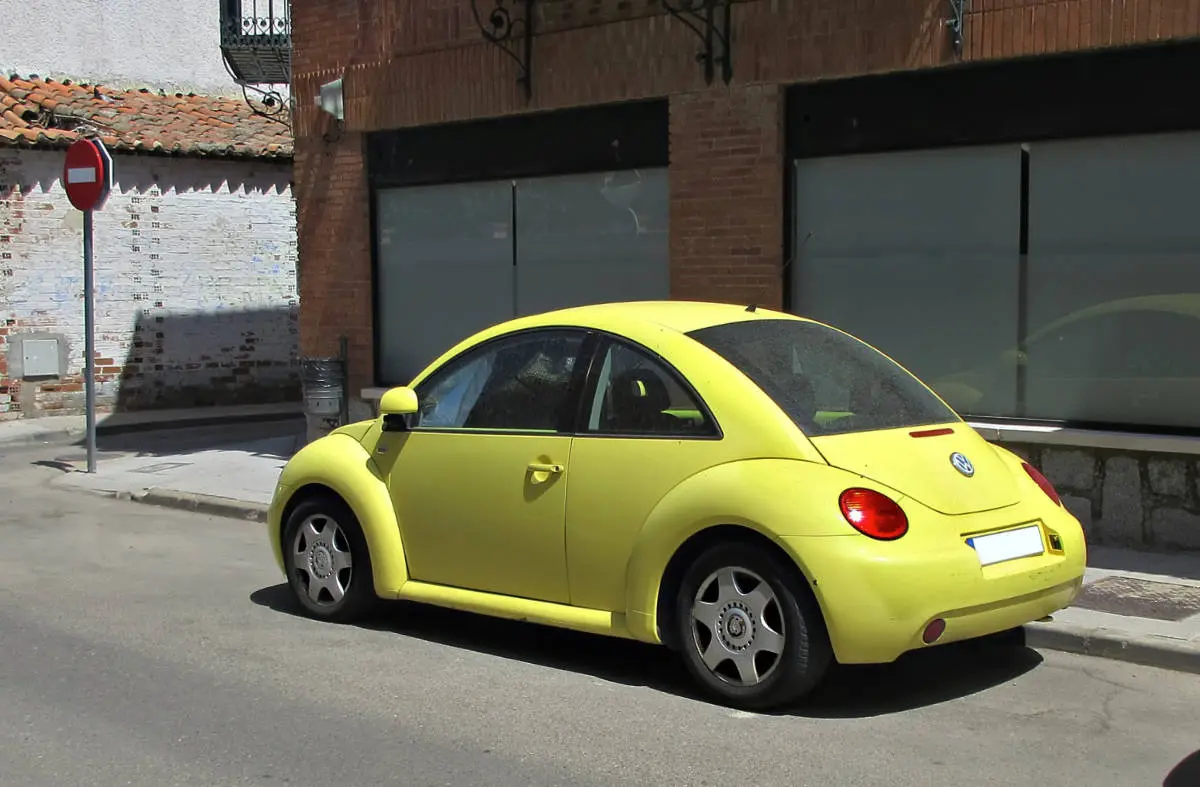
The New Beetle also had the signature high-rounded roofline that made the Type 1 Beetle famous nearly 60 years before. The New Beetle was also assembled in VW's Puebla factory in Mexico, which saw the very last Type 1 Beetle roll off the factory floor in 2003.
While there were distinct similarities in exterior design between the Type 1 and the New Beetle, the New Beetle had its engine in the front and used a front-wheel-drive drivetrain. The engine was also significantly improved, offering turbocharged TDI compression-ignition engines (1998 model only). There was also the 1.8T, the first turbocharged spark-ignition engine for the New Beetle.
Volkswagen Beetle (A5)
The Volkswagen Beetle A5 was produced between 2011–2019 and was again assembled in Volkswagen's plant in Puebla, Mexico. Volkswagen's goal with the A5 model was to give the Beetle a more aggressive and modern appearance while maintaining some stylistic aspects reminiscent of the Type 1 Beetle.
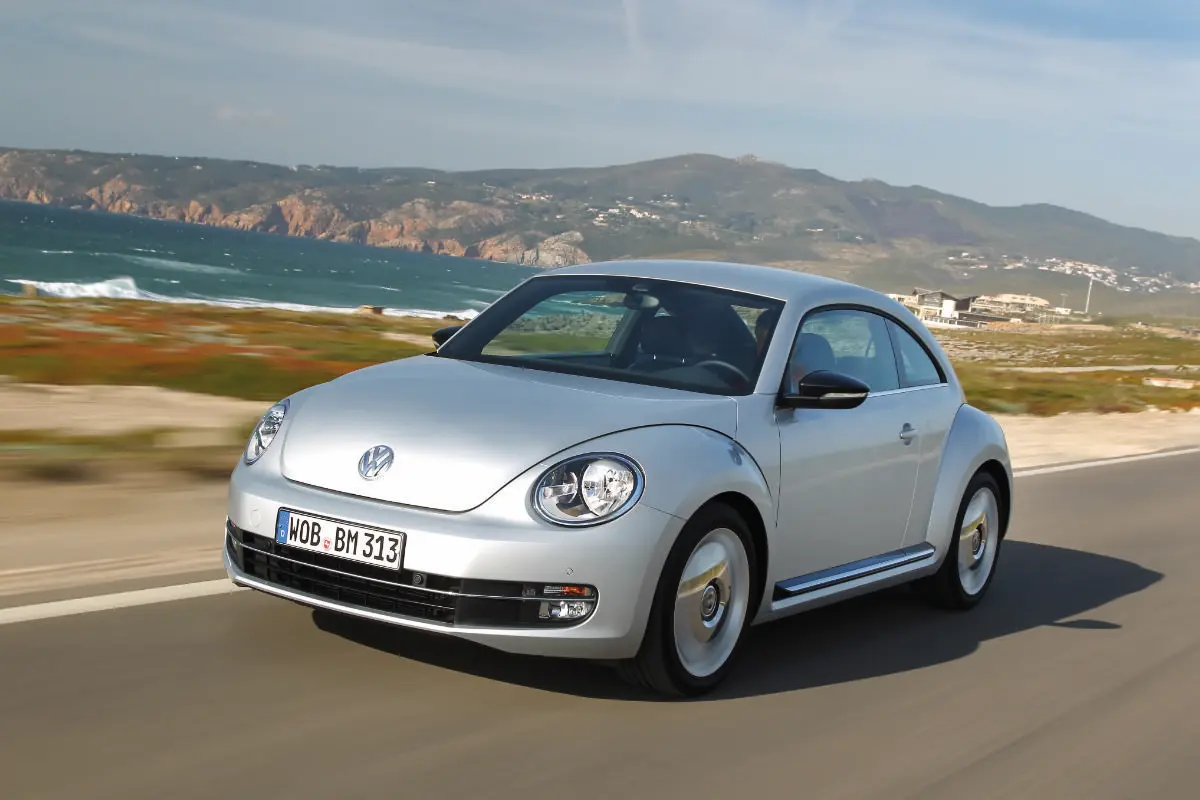
The A5 Beetle retained the front-engine, front-wheel-drive layout of the New Beetle and was available with several motor options ranging from a four-cylinder 1.2-liter (77 kW /105 PS / 103 hp) version up to a 2.0-liter (147 kW / 200 PS / 197 hp) TSI petrol engine.
Summary
The legacy of the Beetle lives on as one of the most successful cars ever made. The Type 1 Beetle had a production run from 1938 until 2003, when the very last Type 1 Beetle rolled off the production line, making it vehicle number 21,529,464. The Beetle was the longest-running and most-manufactured car ever made.
While it's widely recognized that Ferdinand Porsche designed Volkswagen Beetle, many others had an influence. Over 65 years in production, the Beetle design revolutionized the automotive industry and earned popular culture status through its appearance in numerous films and television series.
Also read:
